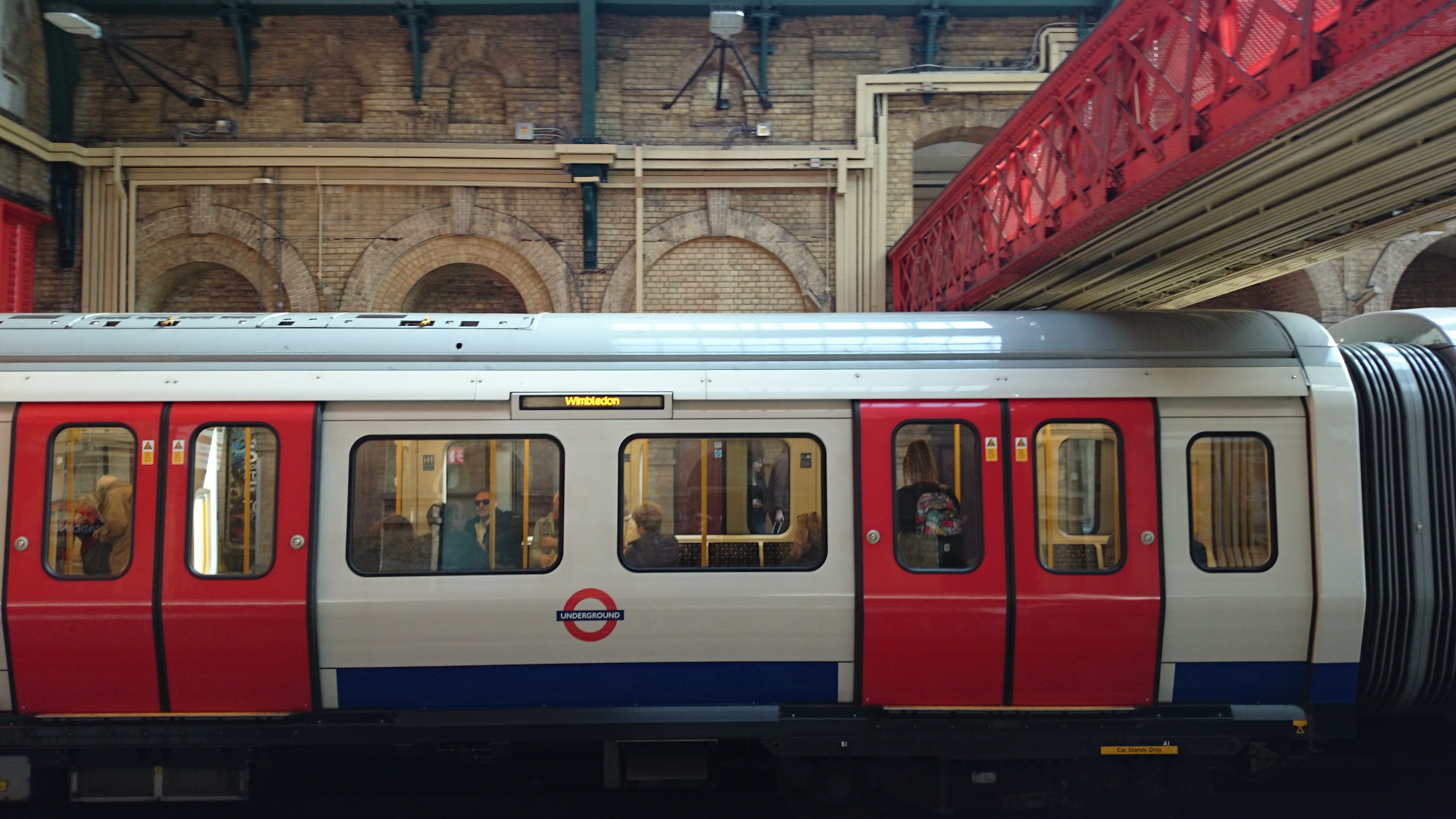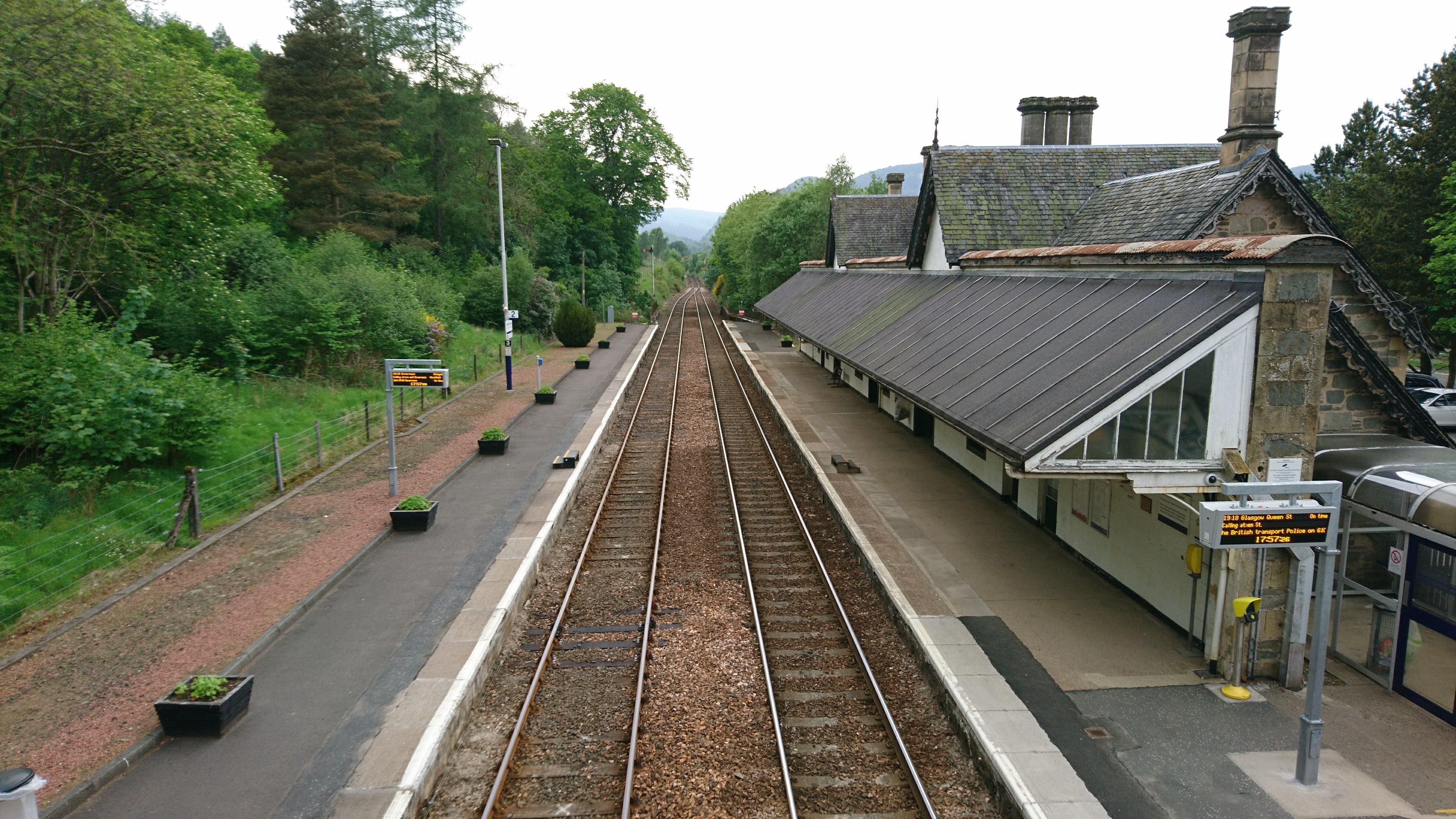One thing that may come as a shock to a car culture like the States, is that cars are not necessarily the primary mode of transport in other parts of the world. In Europe, most places are just as accessible by rail as car. My mum and I will never forget what a great time we had taking the cross country rail from London to Oxford in ’09. There was a surplus of unoccupied space and we were able to walk around, explore the dining car, and find a seat to ourselves with plenty of leg room from which to enjoy the gorgeous English landscape scrolling by. The rail service in the UK is dynamic, and rail travel is usually comparable time-wise to commuting by car, when it isn’t faster. On the down side, you have to share space with strangers and relinquish some control of the schedule and route, but the upshot is you can kick back and take in the sights, read or get work done all without worrying about navigating unfamiliar terrain, contending with traffic lights or congestion, or the driver of an oncoming vehicle being drunk or incapacitated at the drop of a life-threatening second. But in 2009 I spent more time on the London subway, aptly known as “the Tube,” than on the international rail service, and I’ve learned a lot more this time around about the finer nuances of rail travel.

London Underground.
Admittedly, it got off to a rocky start. The railway doesn’t go directly to my Scottish hometown of St Andrews, so you have to book into a little town called Leuchars and then take a short bus ride from there. I figured this much out with the help of Google Maps, but when I was standing in the middle of the flurry of activity that is Edinburgh Gateway, I couldn’t find Leuchars anywhere on the Departures display. I didn’t realize that the display typically broadcasts the final destination, and Leuchars was just a minor port en route to Dundee. Unlike flights, train routes aren’t identified by number so a familiarity with the geography is terrifically useful; a fact which is perfectly useless to a foreigner like myself. Googling every place on the board to see if it lined up with my stop seemed unrealistic, so I consulted the person at the information desk. Unfortunately this well-meaning individual was as deficient in the commodity his counter advertised as I was in British geography, and he hesitatingly directed me to platform 16 with the caveat that I should ask someone else. That someone else consulted a chart and rerouted me to platform 18, which I was delighted to overtake before it had entirely evaded me. But I could still find nothing posted to assure me that I was in the right place, so I applied to one of the train’s operators for confirmation. To my dismay he shook his head and told me I wanted 14! Exiting the carriage, I dragged my luggage to the nearest bench and had only time enough to eject an enormous sigh when that same operator came running to inform me of his mistake; that this train would indeed take me where I wanted to go.
Thankfully, I’ve come a long way since then.
Now when I take the train, I look it up on the Departures display according to the time. I then google the route to see what the end destination is and confirm that I’m on the right track. You can also ask a staff person at the ticket counter or turnstile, as they are typically better informed than my inaugural string of failures had implied. (The information changes constantly, so it’s remarkable that a massive operation such as this functions as fluidly as it does, on the whole.) If Google shows my stop on the route headed to the place name displayed, I check the platform number and make my way to it. Usually another display at the platform has a list of all the destinations the train will be “calling at” and I can reaffirm that my stop is in the list, but since the display rotates you do have to know where to look.

St Pancras International Rail Station.
Train tickets can be purchased at the time of travel, subject to what’s available, or in advance from ticket booths at the station or online. Advance ticket prices don’t necessarily increase as the time looms nearer, as with airline tickets, unless seats on a targeted route are particularly popular. Sometimes you can get advance tickets at a great price just a day before departure or even on the day of travel. But if seats are selling out, then prices do go up and the cost ranges dramatically. When I tried to change a ticket that I’d purchased for a little over 20 pounds the day before I was to travel, the only remaining seats were over 70 pounds. Alterations in travel cost a 10 pound fee and can only change time of departure but not destination, so my options were to increase the cost of my ticket to 80 pounds or swallow the expense of the original ticket and purchase cheaper ones on a different route. In my case, the direct line from Durham to Leuchars had spiked, but I could still get a cheap 10 pound ticket to Edinburgh and a connecting train to Leuchars just a half hour later, so I scrapped my original ticket and paid another 20 pounds, which still came to half that of the alternative.

London Paddington Station.
Tickets purchased at the counter on the day of travel are typically the most expensive. It’s also important to watch out for what type of ticket you buy, as some are good for the specified train only, where others are flexible – but these, too, have restrictions. At one point I purchased a so-called “Anytime Ticket” for my return. This should allow me to take any train traveling to my destination along a similar route, but I failed to realize that it was good for one day only, so when I attempted to return the next day I found the turnstile unresponsive to my ticket. The attendant sent me to the ticketing agent and I had to purchase a new ticket at twice the cost of my original one. Not a fun thing to do. On the other hand, if you buy an “Open Return” then the date, too, is flexible, but you’re limited to “off-peak” trains, or anything not running at rush hour.

Baker Street Station
Another thing to be aware of is that the trains leave at the time specified, so you actually want to be on board well before that, if possible. Sometimes the trains don’t actually arrive at the platform until a minute or two before departure, but often they arrive well in advance. You should aim to be at the station at least twenty minutes early and then use the Departures board to determine if your train has been assigned a platform. If it has, make your way there to board or await its arrival (one train I’d awaited over an hour came and went in the time it took me to descend a short flight of stairs).

British countryside seen from the train.
Most seats aren’t reserved in advance and even when they are they are not guaranteed. If you order online you are sometimes given the option to request seating preferences (which is awesome, as you can specify everything from which direction you’re facing to noise levels), but availability varies according to the train and seats left, and sometimes things just don’t work out. In one case I had reserved seating on a carriage of the train that was separated from the rest of the carriages due to a fault, forfeiting any existing reservations on that carriage. Another time, I had reserved a window seat at a table, but arrived to a very full train and the discovery that all other seats at the table were taken and I would be locked into a corner. I didn’t have far to go, so I opted to stand by the door at the end of the carriage. As I was doing so, the trolley cart guy (did I mention trains have snack trolleys?) who was awaiting his shift suddenly folded another seat down from the wall, and I realized that I had one, as well. It was slightly less luxurious but a lot more comfortable than the reservation, in that case. So things mostly work out, after all.

Dunkeld and Birnam Station.
The trains themselves vary pretty dramatically. Since they can be driven in either direction, most, but not all, have seats facing in both directions, but that doesn’t mean you won’t get stuck with a backward-facing seat. On one train I observed a couple relocate to another carriage in order to be facing forward, only to have the train reverse course at the station causing them to be facing backwards again! For most people the direction doesn’t make much difference, except that we’re used to seeing where we’re going rather than where we’re coming from. The trains also have a limited number of tables and outlets, which is why it’s worth attempting to reserve or arrive early to claim one, but newer models are better equipped and, after all, cars don’t have outlets at all.

My brother enjoying the luxuries of first class.
When my brother was visiting, I was booking a trip from Salisbury to London when the agent offered me an upgrade to First Class for just a few extra pounds. Typically the price difference is considerably more, so I opted to accept this once. It was so atypical that I completely forgot about it when we boarded the train, and was fortunate that the conductor who checked our tickets was kind enough to point it out and redirect us to the elite carriage. There was only a single other occupant in First Class, so it was extraordinarily quiet compared to the rest of the train. Every chair had a table and outlet, and the seats were plated with gold. Okay, scratch the last bit, but the former are certainly a luxury I don’t scoff at. It was so peaceful and accommodating, I had no trouble knocking out a chunk of my To Do list while the country sped quietly by beneath my feet. When I finally strike it filthy rich, this will definitely be my preferred mode of transport. Here’s hoping this new wave way to travel picks up steam sometime in the States.




